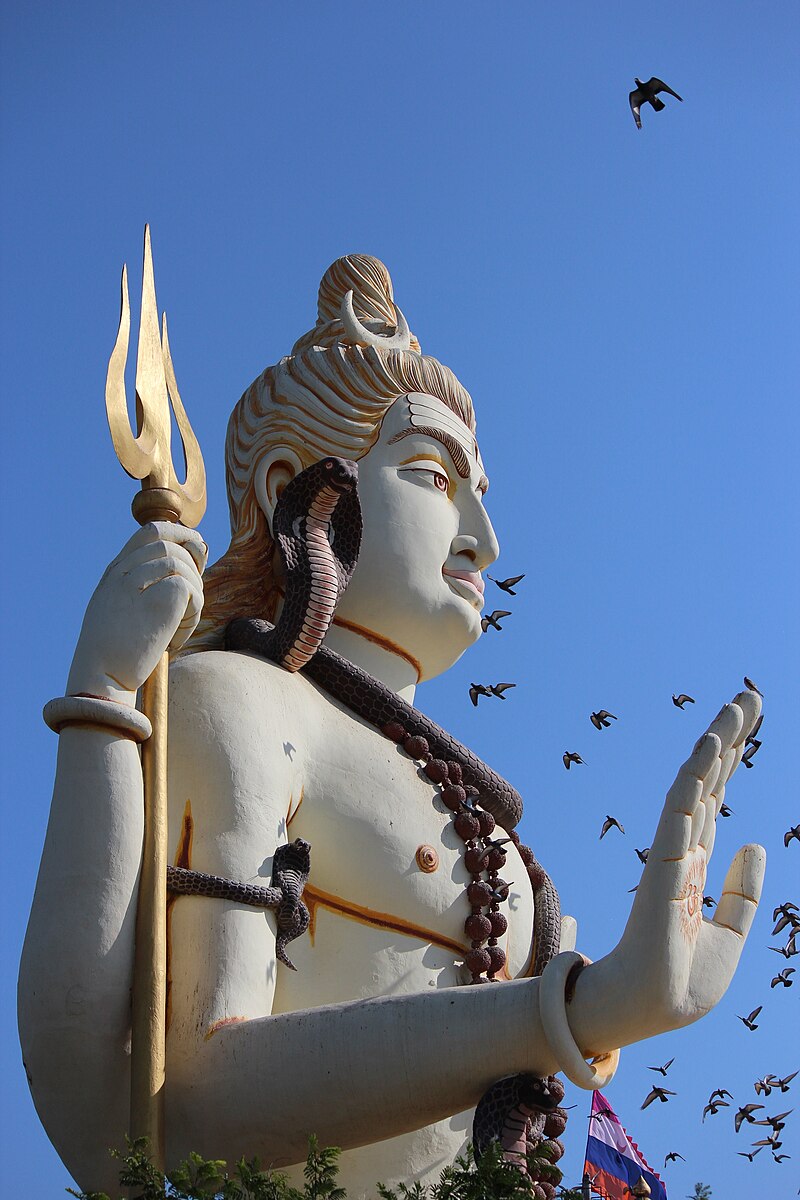With the recent news about Islam and the terrorist attacks throughout the world I found this positive article on Islamic women and how they are fighting for their rights through their faith.

In the last twenty years of our world changing their are more women from the Islamic faith who have chose to use their faith in an effort to have more freedoms as well as to confront laws that have oppressed them as Islamic women. “The Sisters of Islam” is an organization that supports and advocate for women’s rights within the Islamic culture.
They have learned to turn to their faith in effort’s to advocate for justice. For example when Islamic women don’t feel they have a right to turn down their husband sexually or to request a condom when having sexual relations because of the Aids epidemic in the Islamic culture.
“Around the world, Musawah’s members uphold its mission by producing educational materials, fighting for legal provisions and advocating for women’s rights alongside local NGOs. Their work relies on two main tools: progressive interpretations of the Koran and international human rights standards. Musawah’s approach is modeled on a Malaysian organization called Sisters in Islam, which works with Islamic scholars to produce workshops and books that explain that Islam does not mandate injustice. Zainah Anwar, one of Musawah’s key architects, founded Sisters in Islam in 1988 and has made it an important political and religious force in Malaysia. According to Anwar, many Muslim women spend their entire lives believing that their oppression is justified by Islamic teachings, such as the concept of a husband’s authority over his wife. For years, she has gone into rural towns to show women that Islam supports gender equality” Retrieved from Elizabeth Segran,2016, http://www.thenation.com/article/rise-islamic-feminists.
Women who have made progress with the Islamic Feminist movement have helped other realize through faith that they are women who don’t have to be mistreated. Men are more accepting today of women wanting to live respected by the Islamic law vs. Women who just want to fight or leave their marriage due to domestic abuse.
Women who migrate to the United States get mixed messages on how to express their faith through feminism. A majority of the Islamic women find freedom’s to express their feminism but it does not always go along with the Western Culture.
Women who come from countries such as Afghanistan or Pakistan have to be walked through the streets covered by cloth to protect their beauty by a male relative to a culture in which women can walk down the street in a swim suit without fear to express their feminism.
So when they come into America they have to learn the laws that govern and protect them as women but also respect the Islamic faith that also governs them. This can be divisive within the Islamic culture and how they express their faith while coming from the Middle East and migrating to the Western Culture.
Sources: Retrieved from, 2016, Elizabeth Segran,2016, http://www.thenation.com/article/rise-islamic-feminists.http://Retrieved from, 2016, foxnews.com/story/2009/03/28/muslim-women-in-us-struggle-to-balance-western-freedoms-and-islamic-culture.html






